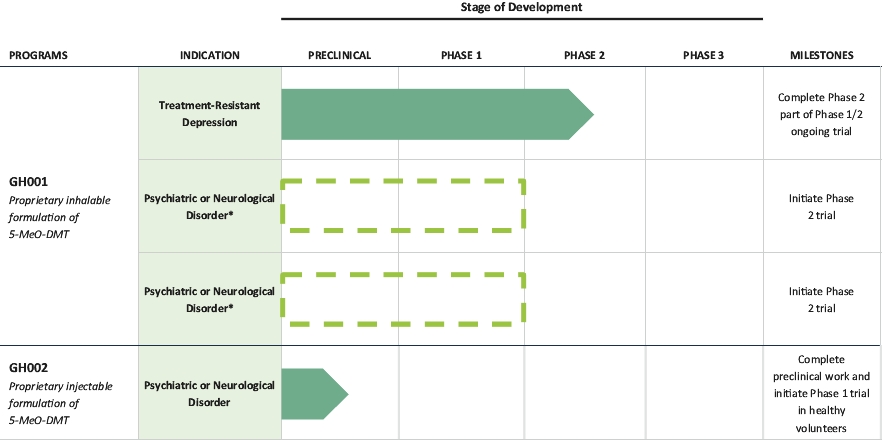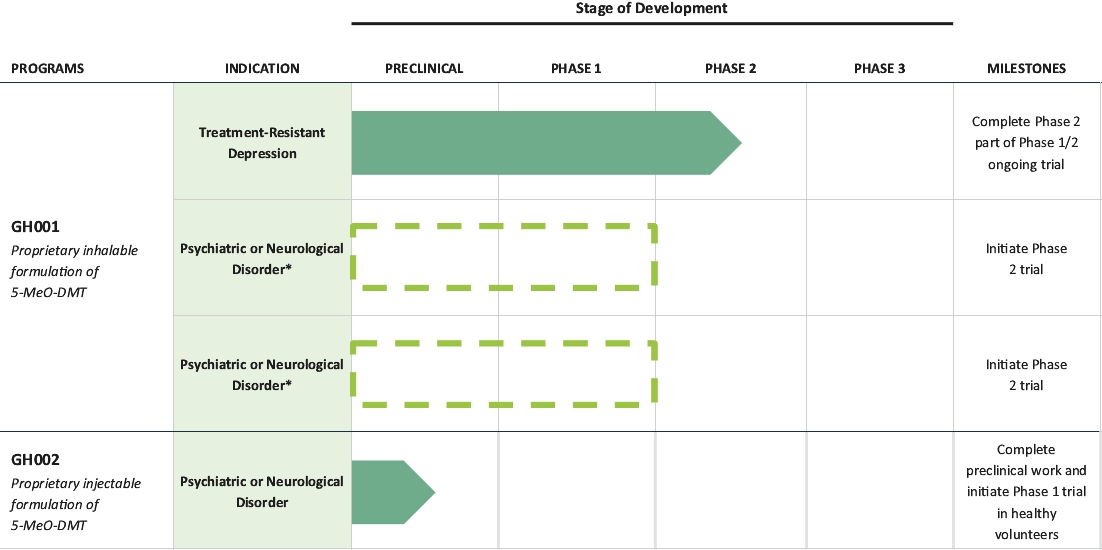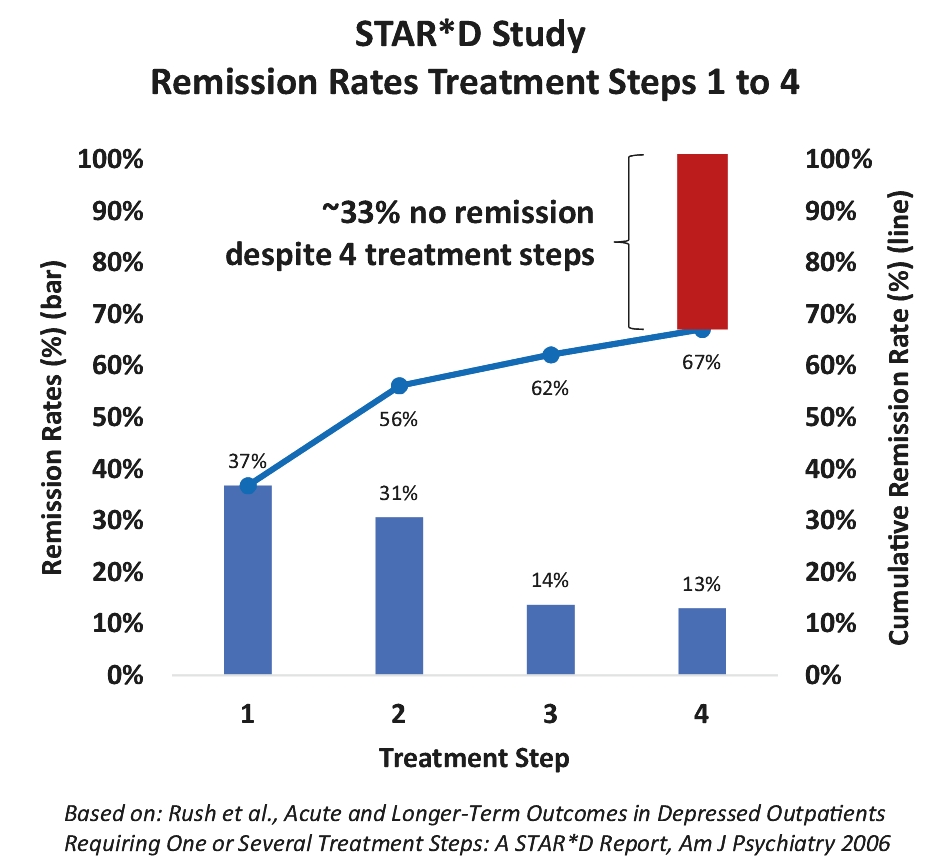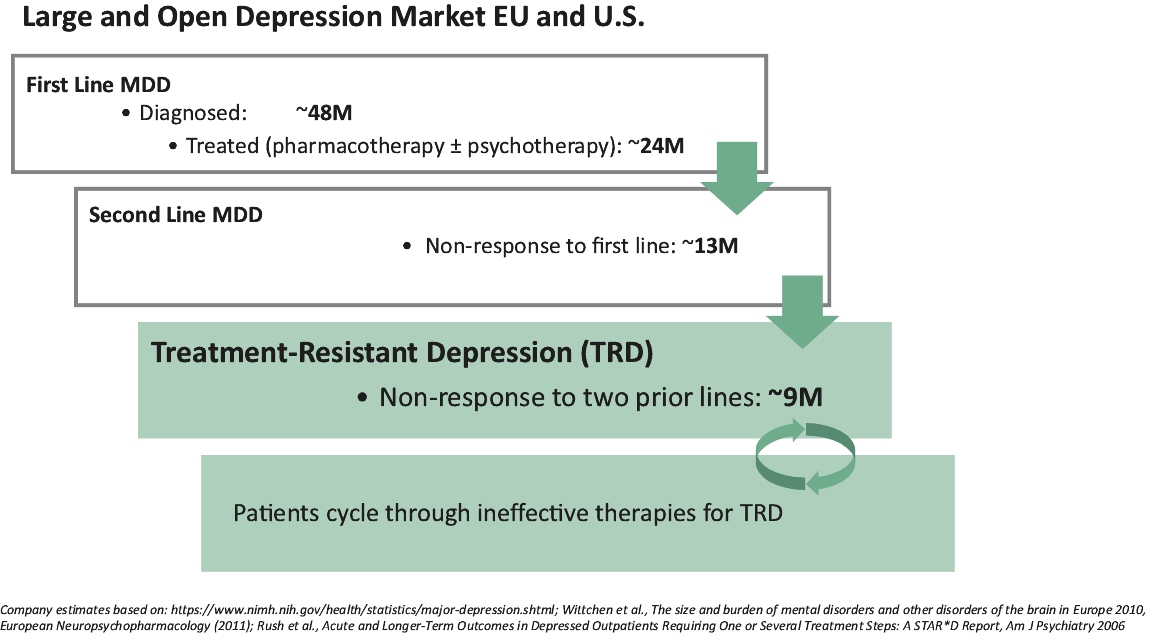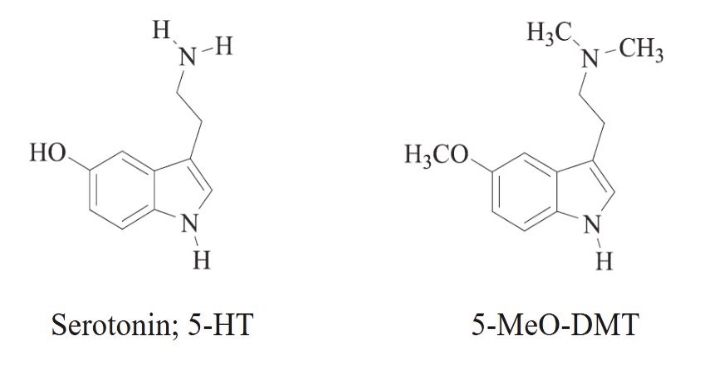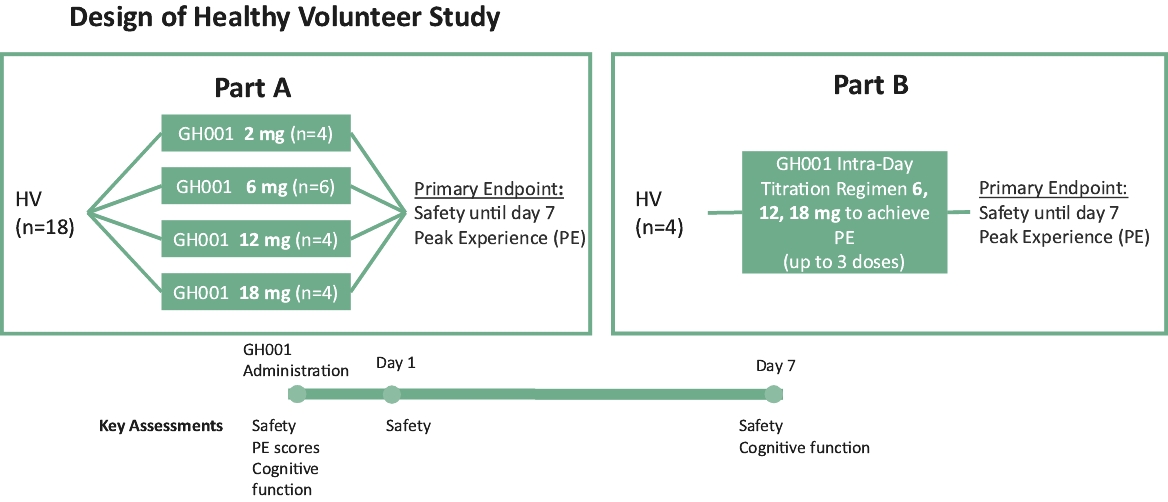protection. If we do not timely file any national stage patent applications, we may lose our priority date with respect to our PCT patent applications and any patent protection on the inventions disclosed in such patent applications. While we intend to timely file national stage patent applications relating to our PCT patent applications, we cannot predict whether any such patent applications will result in the issuance of patents that provide us with any competitive advantage.
Government Regulation
Government authorities in the United States, at the federal, state and local level, and in other countries and jurisdictions extensively regulate, among other things, the research, development, testing, manufacture, quality control, approval, packaging, storage, record keeping, labeling, advertising, promotion, distribution, marketing, post-approval monitoring and reporting and import and export of pharmaceutical products. The processes for obtaining regulatory approvals in the United States and in foreign countries and jurisdictions, along with subsequent compliance with applicable statutes and regulations and other regulatory authorities, require the expenditure of substantial time and financial resources.
FDA Approval Process
In the United States, pharmaceutical products are subject to extensive regulation by the FDA. The FDCA and other federal and state statutes and regulations, govern, among other things, the research, development, testing, manufacture, storage, record keeping, approval, labeling, promotion and marketing, distribution, post-approval monitoring and reporting, sampling, and import and export of pharmaceutical products and medical devices. Failure to comply with applicable U.S. requirements may subject a company to a variety of administrative or judicial sanctions, such as a clinical hold, FDA refusal to approve a pending new drug application, or NDA, warning or untitled letters, product recalls, product seizures, total or partial suspension of production or distribution, injunctions, fines, civil penalties and criminal prosecution.
Pharmaceutical product development for a new product in the United States, including a drug-device combination product, typically involves preclinical laboratory and animal tests, the submission to the FDA of an investigational new drug application, or IND, which must become effective before clinical testing may commence, and adequate and well-controlled clinical trials to establish the safety and effectiveness of the drug for each indication for which FDA approval is sought. Satisfaction of FDA pre-market approval requirements typically takes many years and the actual time required may vary substantially based upon the type, complexity and novelty of the product or disease.
Preclinical tests include laboratory evaluation of product chemistry, formulation and toxicity, as well as animal trials to assess the characteristics and potential safety and efficacy of the product. The conduct of the preclinical tests must comply with federal regulations and requirements, including good laboratory practices. The results of preclinical testing are submitted to the FDA as part of an IND along with other information, including information about product chemistry, manufacturing and controls, or product CMC, information about the device component of a drug-device combination product and a proposed clinical trial protocol. Long-term preclinical tests, such as animal tests of reproductive toxicity and carcinogenicity, may continue after the IND is submitted. An IND automatically becomes effective 30 days after receipt by the FDA, unless before that time the FDA raises concerns or questions related to one or more proposed clinical trials and places the trial on clinical hold. In such a case, the IND sponsor and the FDA must resolve any outstanding concerns before the clinical trial can begin.
Clinical trials involve the administration of the IND to healthy volunteers or patients under the supervision of a qualified investigator. Clinical trials must be conducted (i) in compliance with federal regulations; (ii) in compliance with Good Clinical Practices, or GCPs, which are standards meant to protect the rights and health of patients and to define the roles of clinical trial sponsors, administrators and monitors; as well as (iii) under protocols detailing the objectives of the trial, the parameters to be used in monitoring safety, and the effectiveness criteria to be evaluated. Each protocol involving testing on U.S. patients and subsequent protocol amendments must be submitted to the FDA as part of the IND.

